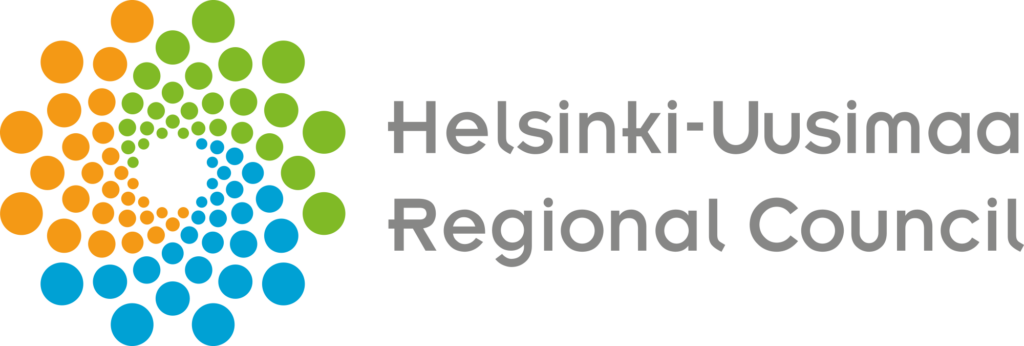The hospitality industry operates within a limited digital paradigm where websites reduce multisensory experiences to largely flat images and text descriptions. This approach fails to capture essential elements that influence booking decisions: spatial awareness, atmosphere, and environmental qualities. As Neuhofer, Buhalis & Ladkin (2014) argue, technology-enhanced experiences represent the frontier of value creation in tourism and hospitality.
Research indicates that the disconnect between digital and physical experiences potentially costs the industry in unrealized revenue and leads to misaligned guest expectations (Banerjee 2014). This observation became evident during a recent visit to Wohls Gård in Kirkkonummi as part of Haaga-Helia’s HosByte project. The contrast between the venue’s digital representation and its stunning physical presence revealed how traditional still photography fails to convey a historic manor’s true character and atmosphere – a key goal in making potential clients book the venue.
Together with Haaga-Helia affiliated startup Virtuality Labs, we set out to bridge the gap between digital and physical – i.e., phygital (Batat 2022) experience.
Building and testing a 360 virtual tour
Virtuality Labs specialises in building immersive 360-tours for hospitality and other venues, typically embedded directly on companies’ websites. After gathering a comprehensive understanding of what kind of development project would benefit Wohls the most, a 360 tour of the historic buildings and the surrounding garden was designed.
In line with a service design approach, the project proceeded iteratively, from idea generation to idea filtering, prototype building, and testing. The first version of the virtual tour is now available.
The usability and usefulness of the tour was tested with n=21 participants in August-September 2025. Overall, participants saw great value, agreeing that the tour could help potential b2b and b2c buyers in their decision-making. As is typical for a service design approach, development ideas were also generated. For instance, participants saw that a possibility of changing lighting conditions (day vs. night) or seasonal images (summer vs. winter) could be added, along with contextual improvements such as displaying the capacity of the parking lot directly in the virtual tour.
Transforming digital hospitality experiences
The collaboration with Wohls Gård and Virtuality Labs demonstrates how virtual tours may help in bridging the gap between physical and digital experience. Rather than replacing traditional websites, the integration of virtual tours may create a more comprehensive digital presence.
For hospitality organisations, this means more accurate guest expectations, improved satisfaction metrics, and increased qualified bookings.
Digital technology cannot yet completely replace a visit to our venue, but technology can make it easier for our customers to get to know our premises. 360-degree panoramic images bring the atmosphere of our premises a little closer to customers and help bridging the gap between traditional images and reality. 360-degree panoramas can also be a memory booster for customers who have already visited us and want to check some details after visiting us. – Sales Director Thomas Junell, Wohls
This practical approach aligns with Gretzel and Fesenmaier’s (2010) sensory experience design framework, which emphasises the importance of multisensory elements in tourism marketing. Importantly, now that the virtual tour has been developed, multiple usages for the tour can be planned: for instance, rather than just being a passive lead generator on a venues’ website, the tour can be a tool for storytelling and immersion when promoting venues at expos or other in-person sales events.
The disconnect between digital representation and physical experience ultimately represents an opportunity for innovation. By reimagining how venues are experienced digitally, the hospitality industry can create more authentic connections with potential guests before they ever arrive. The question remains: how might your hospitality business bridge this gap between digital promise and physical reality?
As part of Haaga-Helia’s HosByte project, we will continue to explore different solutions to this question. Join our new Substack newsletter to find out more about how your company can benefit.
Platform economy, artificial intelligence, service robotics, and XR technologies offer new opportunities for small and medium-sized enterprises (SMEs) in the hospitality sector to reach customers and enhance their business operations. The HosByte: Smart Omnichannel Sales in the Hospitality Industry project’s outcomes support profitable and responsible growth for SMEs in the Uusimaa region. The project is co-financed by the European Union and the Helsinki-Uusimaa Regional Council and will be implemented between 09/2024 – 08/2026.


References
Banerjee, M. 2014. Misalignment and Its Influence on Integration Quality in Multichannel Services. Journal of Service Research, 17(4), 460-475.
Batat, W. 2022. What does phygital really mean? A conceptual introduction to the phygital customer experience (PH-CX) framework. Journal of Strategic Marketing, 32(2).
Gretzel, U., & Fesenmaier, D. R. 2010. Capturing Sensory Experiences Through Semi-Structured Elicitation Questions. In M. Morgan, P. Lugosi, & J. R. B. Ritchie (Eds.), The Tourism and Leisure Experience: Consumer and Managerial Perspectives (pp. 137-160).
Neuhofer, B., Buhalis, D., & Ladkin, A. 2014. A Typology of Technology-Enhanced Tourism Experiences. International Journal of Tourism Research, 16(4), 340-350.
Picture: Shutterstock